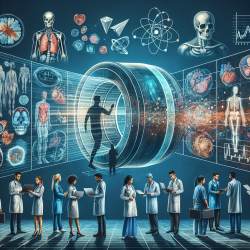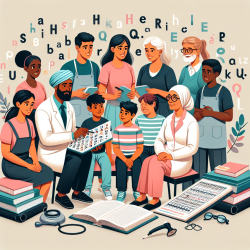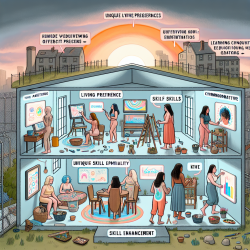Introduction
In the ever-evolving field of medical physics, staying updated with the latest guidelines and practices is crucial for ensuring the highest standards of patient care. The AAPM Medical Physics Practice Guideline 1.b provides a comprehensive framework for CT protocol management and review, emphasizing the importance of structured oversight and continual improvement in CT imaging practices. This blog aims to guide practitioners in implementing these guidelines to enhance their skills and improve diagnostic outcomes.
Understanding the AAPM Guidelines
The American Association of Physicists in Medicine (AAPM) has established these guidelines to advance the science and professional practice of medical physics. The guidelines emphasize the need for specific training, skills, and techniques to ensure the safe and effective use of diagnostic radiology. Key terms such as "Must" and "Should" are used to denote mandatory and recommended practices, respectively, providing a clear directive for practitioners.
Key Outcomes of the Guidelines
The AAPM guidelines focus on several critical areas:
- CT Oversight: Establishing a protocol management system to ensure that CT procedures are performed consistently and safely.
- CT Parameters: Regular review and optimization of CT parameters to enhance image quality while minimizing radiation exposure.
- Continuous Education: Encouraging ongoing education and training for medical physicists to stay abreast of new technologies and methodologies.
Implementing the Guidelines in Practice
For practitioners looking to enhance their skills, the following steps can be instrumental:
- Regular Training: Engage in continuous professional development through workshops, webinars, and conferences to keep up with the latest advancements.
- Protocol Review: Implement a regular review process for CT protocols, ensuring they meet the current standards and are optimized for patient safety and diagnostic accuracy.
- Collaboration: Work closely with a multidisciplinary team, including radiologists, technologists, and medical physicists, to foster a collaborative approach to protocol management.
- Utilize Technology: Leverage advanced software tools for protocol management and data analysis to streamline processes and enhance efficiency.
Encouraging Further Research
While the AAPM guidelines provide a robust framework, the field of medical physics is continually evolving. Practitioners are encouraged to engage in further research to explore innovative approaches and technologies that can further improve CT imaging practices. Collaborating with academic institutions and participating in research studies can provide valuable insights and contribute to the advancement of the field.
Conclusion
By implementing the outcomes of the AAPM Medical Physics Practice Guideline 1.b, practitioners can significantly enhance their skills and improve the quality of CT imaging services. Continuous education, protocol optimization, and collaborative efforts are key to achieving excellence in medical physics practice. To read the original research paper, please follow this AAPM Medical Physics Practice Guideline 1.b: CT protocol management and review practice guideline.










